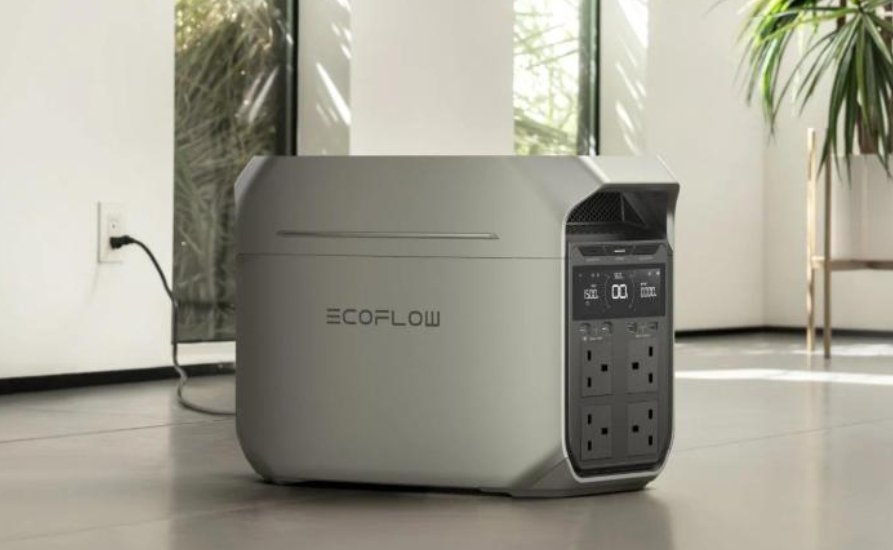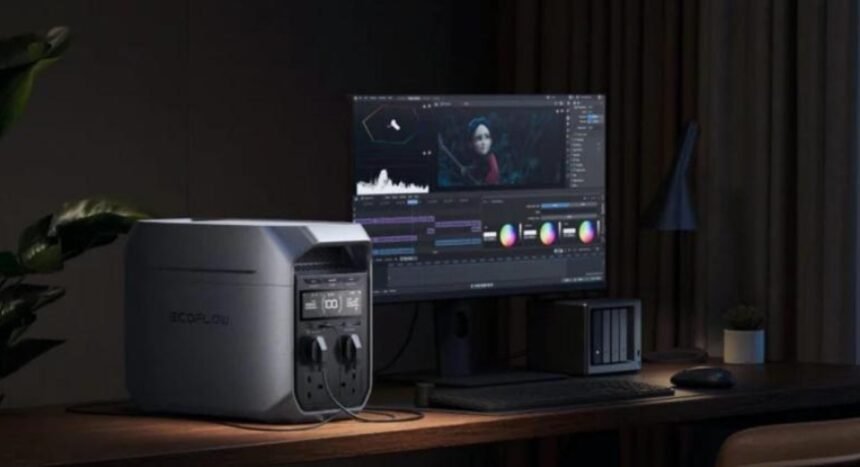Purchasing a solar battery represents a significant investment in your home’s energy future, and proper maintenance is the key to ensuring it delivers reliable power for years to come. Like any sophisticated piece of technology, a solar battery benefits greatly from simple, consistent care habits that help preserve its health and efficiency. Understanding a few basic principles can prevent common issues, maximize your system’s performance, and protect your financial investment over the long term. This guide is designed to provide clear, practical advice that any homeowner can easily follow.
Understanding Your System: The First Step to Proper Maintenance
Know Your Battery Type: Lithium-ion vs. Lead-Acid
The maintenance needs of your solar battery are primarily determined by its underlying chemistry, with modern lithium-ion batteries and traditional lead-acid batteries requiring different approaches. Lithium-ion batteries, which are common in newer home energy systems, are largely maintenance-free and do not require the regular watering or equalization charging needed by flooded lead-acid batteries. These batteries are managed by sophisticated software that handles most of the complex charging parameters automatically, simplifying the homeowner’s role in daily upkeep. Understanding whether you have a lithium-ion or lead-acid system is the crucial first step, as it dictates which maintenance guidelines are relevant for your situation.
Utilizing Your Battery Monitoring System Effectively
Virtually all modern solar battery systems come with a monitoring platform, usually accessible via a smartphone app or web portal, which provides a real-time window into your system’s health and performance. This tool allows you to easily track key metrics like state of charge, current power flow, and historical energy data without needing to physically inspect the unit. Regularly checking the app for any alert messages or unusual readings enables you to identify potential issues early, often before they develop into significant problems. The monitoring system also provides valuable insights into your energy consumption patterns, helping you optimize usage to reduce strain on the battery.
Essential Maintenance Habits for Optimal Performance
Optimizing Charge Cycles and Depth of Discharge
One of the most impactful ways to extend your battery’s life is to manage how deeply it is regularly discharged; for most lithium-ion batteries, avoiding consistently draining them to 0% is highly beneficial. Configuring your system’s settings to maintain a partial state of charge for daily cycling, such as discharging to no lower than 20% and charging to around 90%, can significantly reduce stress on the battery cells. If you are going on vacation or do not need the full backup capacity for an extended period, storing the battery at a mid-level charge, typically around 50%, is ideal for long-term health. These habits minimize the chemical degradation that occurs over time, directly contributing to a longer usable lifespan.
Ensuring a Clean, Temperature-Stable Environment
Where you install your solar battery plays a critical role in its longevity, as extreme temperatures are one of the biggest factors that can accelerate battery degradation. An ideal location is a clean, dry space like a garage or basement that remains cool and does not experience direct sunlight or freezing conditions. You should ensure the battery’s ventilation vents are not blocked by dust, debris, or stored items, as proper airflow is essential for dissipating the small amount of heat generated during operation. Periodically wiping the exterior casing with a dry cloth to prevent excessive dust buildup helps maintain its appearance and functionality. A stable, moderate environment is a simple yet powerful gift you can give your battery to ensure it performs reliably for many years.

When to Seek Professional Help and Support
While daily maintenance is largely in your hands, knowing when to contact a professional is equally important for the long-term health of your system. If your monitoring system displays a persistent error code that you cannot clear or indicates a significant fault, it is time to call your installer rather than attempting to troubleshoot complex internal issues yourself. A noticeable, sudden drop in the battery’s capacity to hold a charge or a significant increase in the time it takes to charge fully are also clear signs that a professional diagnostic check is warranted. Regular, scheduled maintenance visits from a certified technician every one to two years can help identify and address potential problems early.
Conclusion
Maintaining your solar battery doesn’t have to be complicated or time-consuming—just a few consistent habits can greatly improve performance and extend its lifespan. Pairing these habits with a high-quality product makes the results even better. For example, EcoFlow’s solar batteries earn widespread praise for their durability and user-friendly design, especially those built with robust LiFePO4 cells known for long life and stable performance. A little proactive care today ensures your solar battery remains a dependable part of your home’s energy system for years to come.







